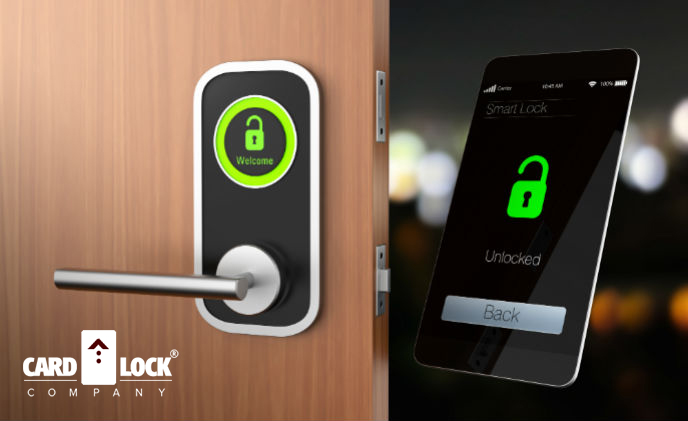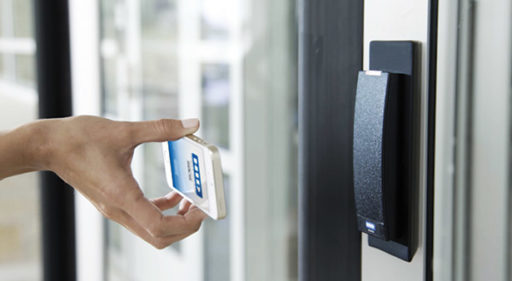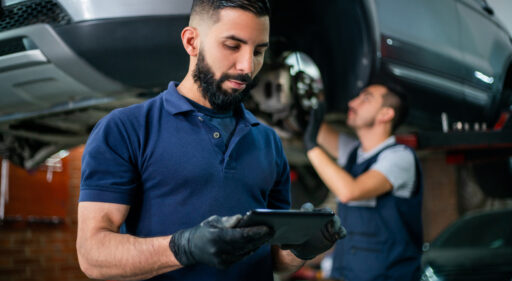A closer look at mobile access control
Mobile access control is one of the biggest trends in our industry for 2018, sure. But it’s a trend that’s been on the horizon since Borders began disappearing from shopping malls.
Or Steve Jobs & Co. made it possible to have most of the world’s recorded music in our pockets.
Or we could Netflix a double feature from the comfort of home—every day of the week—for less than the price of a movie ticket.
This is a story of convenience and the technology that provides it. And now it includes the access control industry.
IN REVIEW: WHY WE LOVE MOBILE ACCESS CONTROL
For the sake of this post’s context, we’ll touch on some of the main benefits of mobile access control, but check out our previous blog, “Arriving on the Go, Why We Love Mobile Access Control” for a more in-depth look.
-Mobile access control is easier on management teams because all permissions can be easily updated from an online portal; access can be enabled or revoked at the touch of a button.
-It’s easier on the environment because we have no need to produce plastic key cards—and all the chemical waste that results from that process—anymore.
-The read range between smartphones and security points far exceeds the key card equivalent. So if your facility makes use of garage/vehicle access control, your life just became a lot easier.
TALK TO ME: BLE & NFC
Fancy acronyms aside, think of BLE and NFC as languages your smartphone can use to communicate with the facility’s reader.
NFC stands for Near Field Communication. This technology makes for a very smooth connection between smartphone and reader, but only extends across a very short range. On top of that, it’s proprietary to Apple Pay for IOS devices. We mention it here because it’s still an important infrastructure to keep in mind as the industry looks toward future possibilities.
BLE stands for Bluetooth Low Energy and is the more readily-applicable infrastructure of the two. This benefits here are twofold. First, BLE supports long ranges of communication. This gives you more leeway in reader placement and can be a godsend in vehicle-based access control situations. Second, BLE pairs with smartphones automatically, removing the need for employees or guests to go into their phones and connect the two devices every time they want to walk in the door.
GROWING PAINS: ANTICIPATING THE CHALLENGES
To be very clear, mobile access control is far and away a better and more effortless form of security than RFID. So the following points are not “cons” per se, but rather things we have our eye on as technology continues to advance.
Which brings us to our first point. Technology is always advancing. It’s also advancing at a faster pace than in the past, so making sure you have the best setup for your facility will require a more consistent checking up.
Also—while flip phones are beginning to join the ranks of their rotary ancestors, smartphones haven’t reached 100% adoption yet. This means that mobile and RFID access control will have to coexist for the foreseeable future.
Industry-wide transitions such as this can always be a bit daunting, but we’re here to help. If you have any questions—or are ready to get started—contact us today




